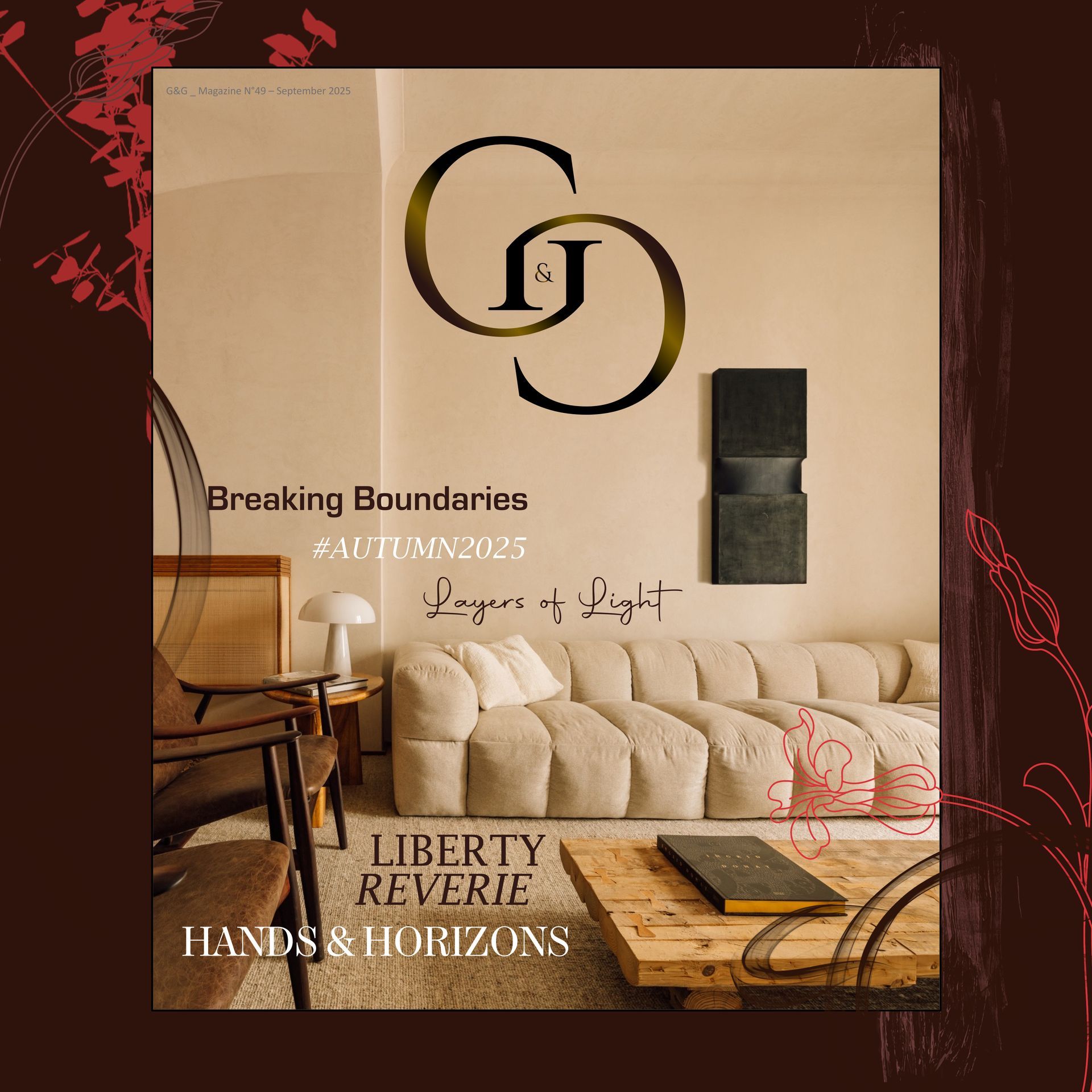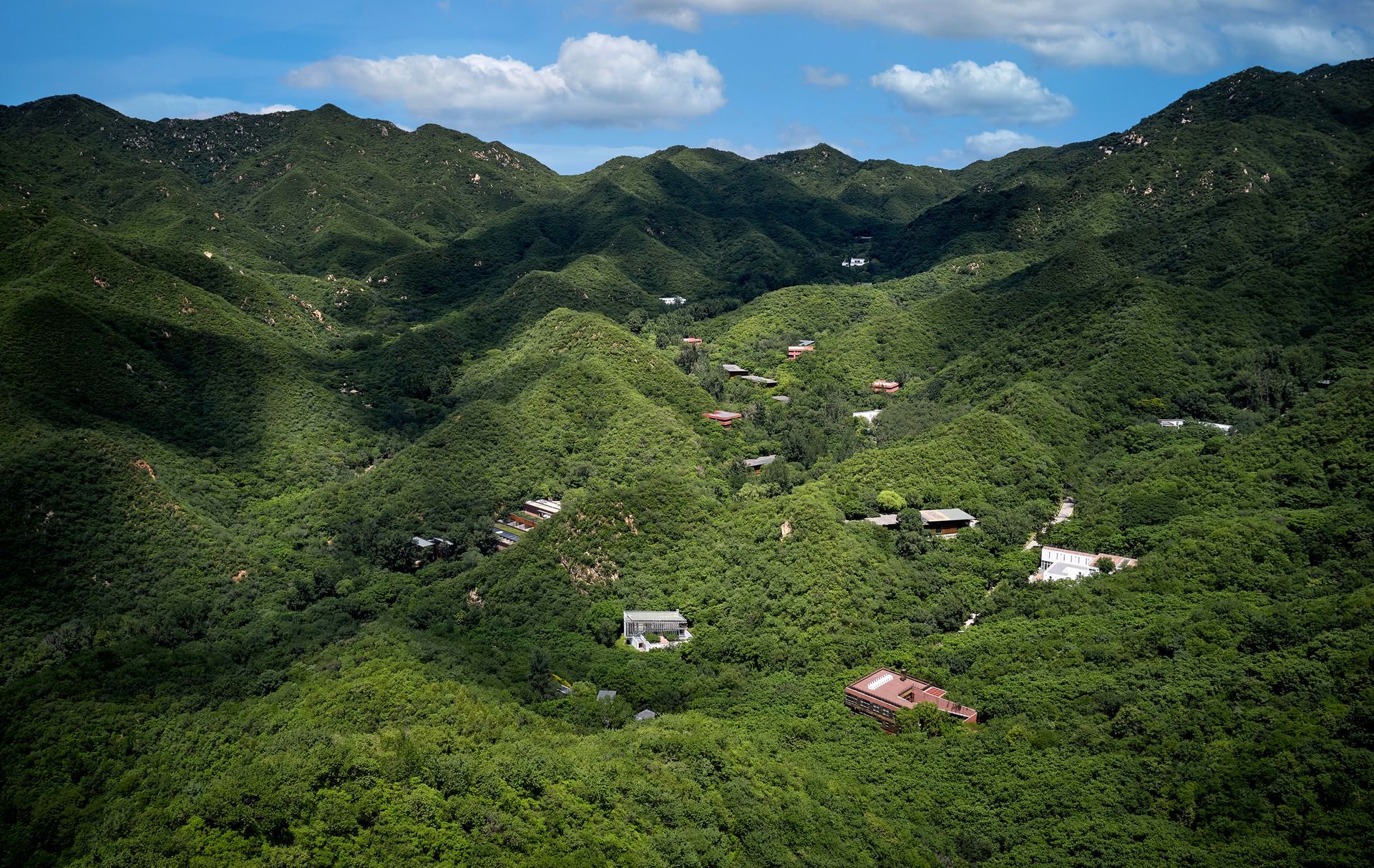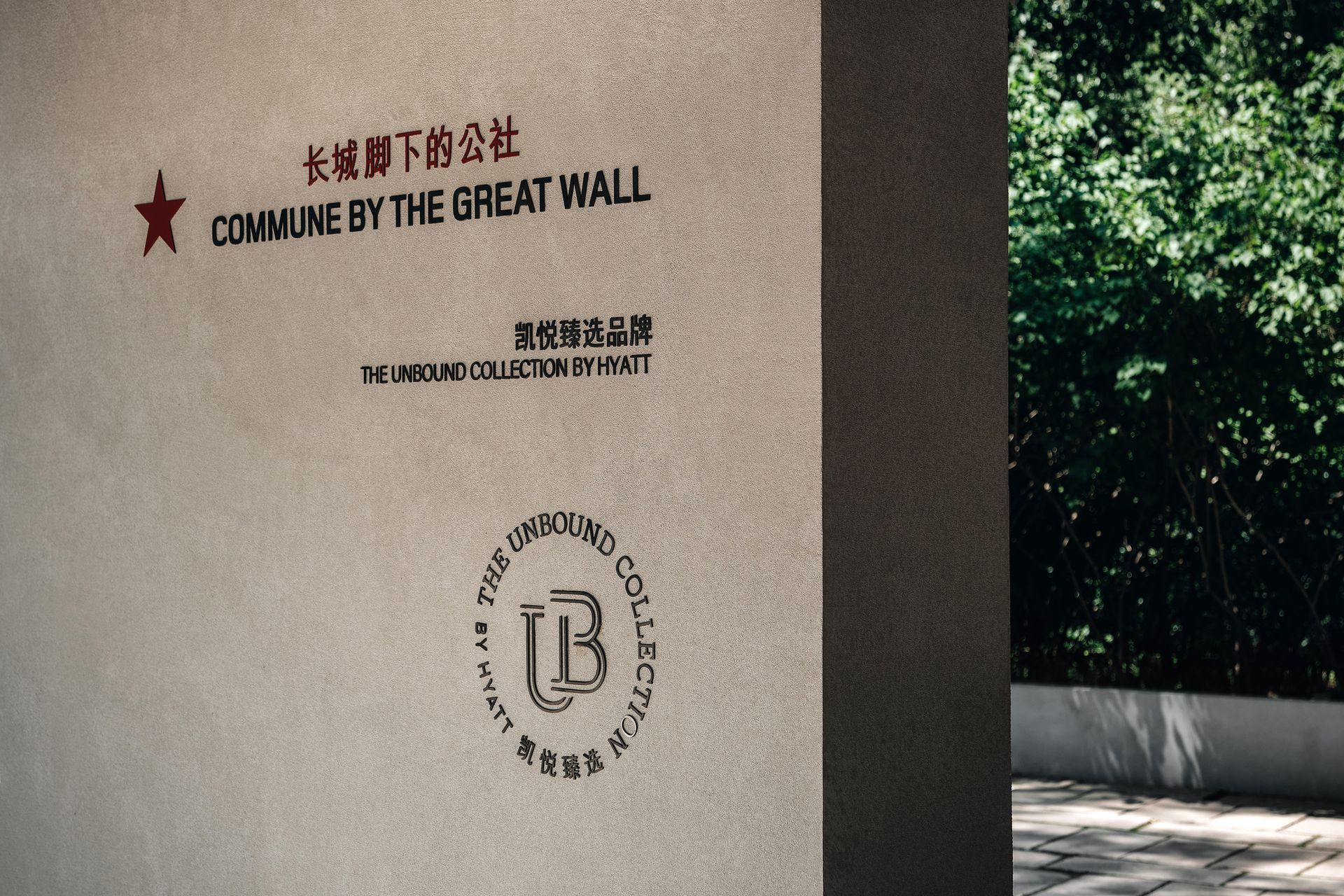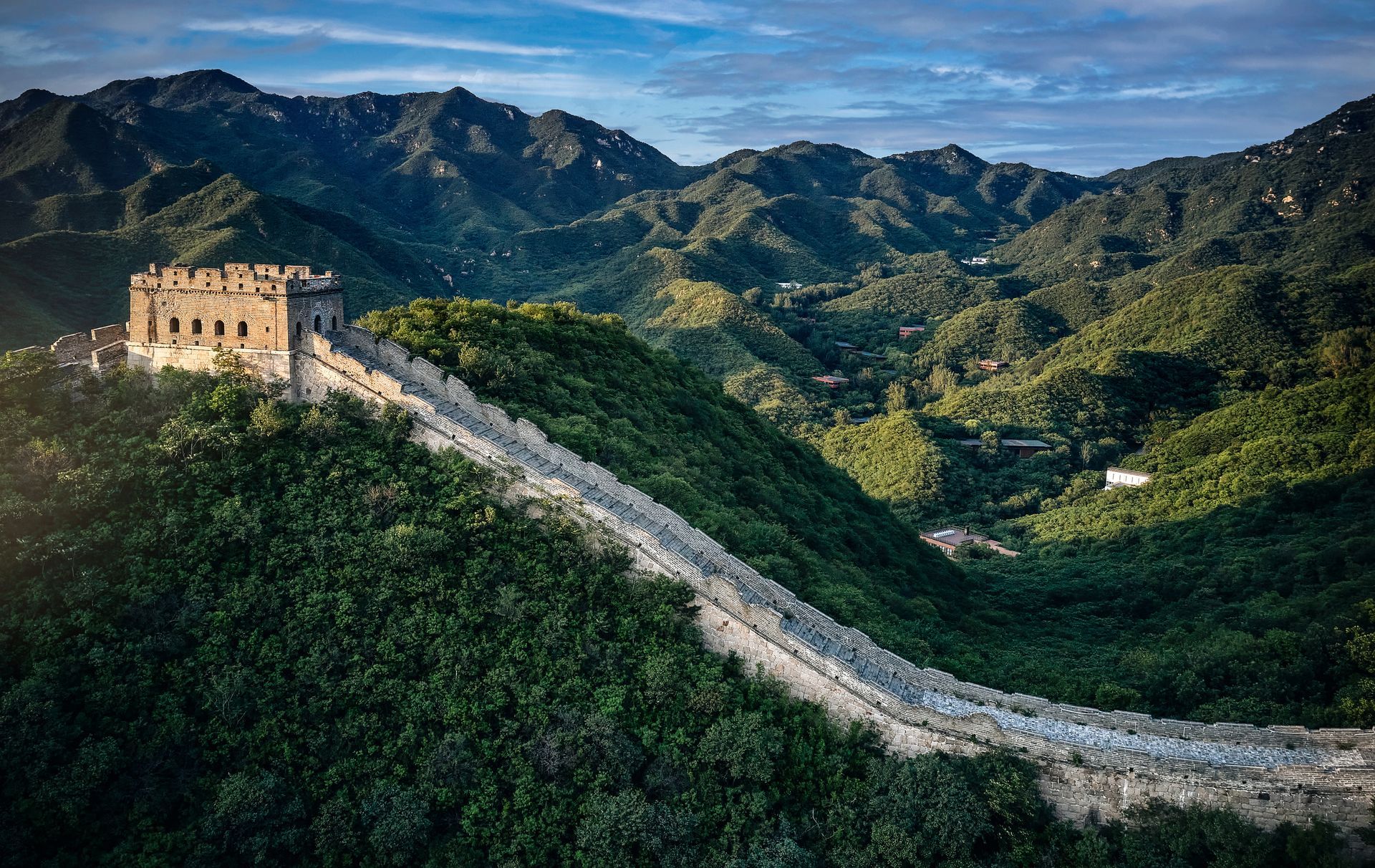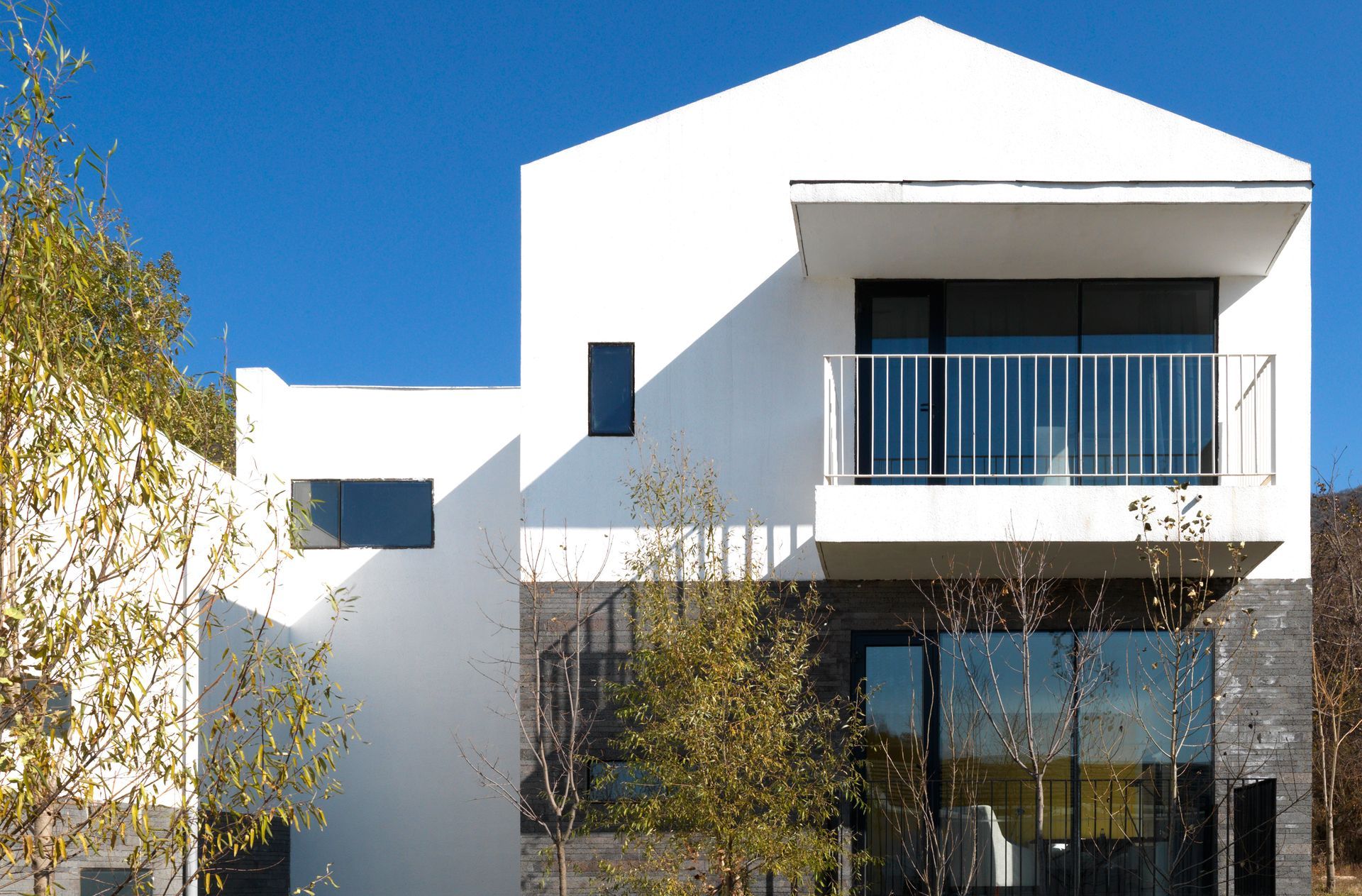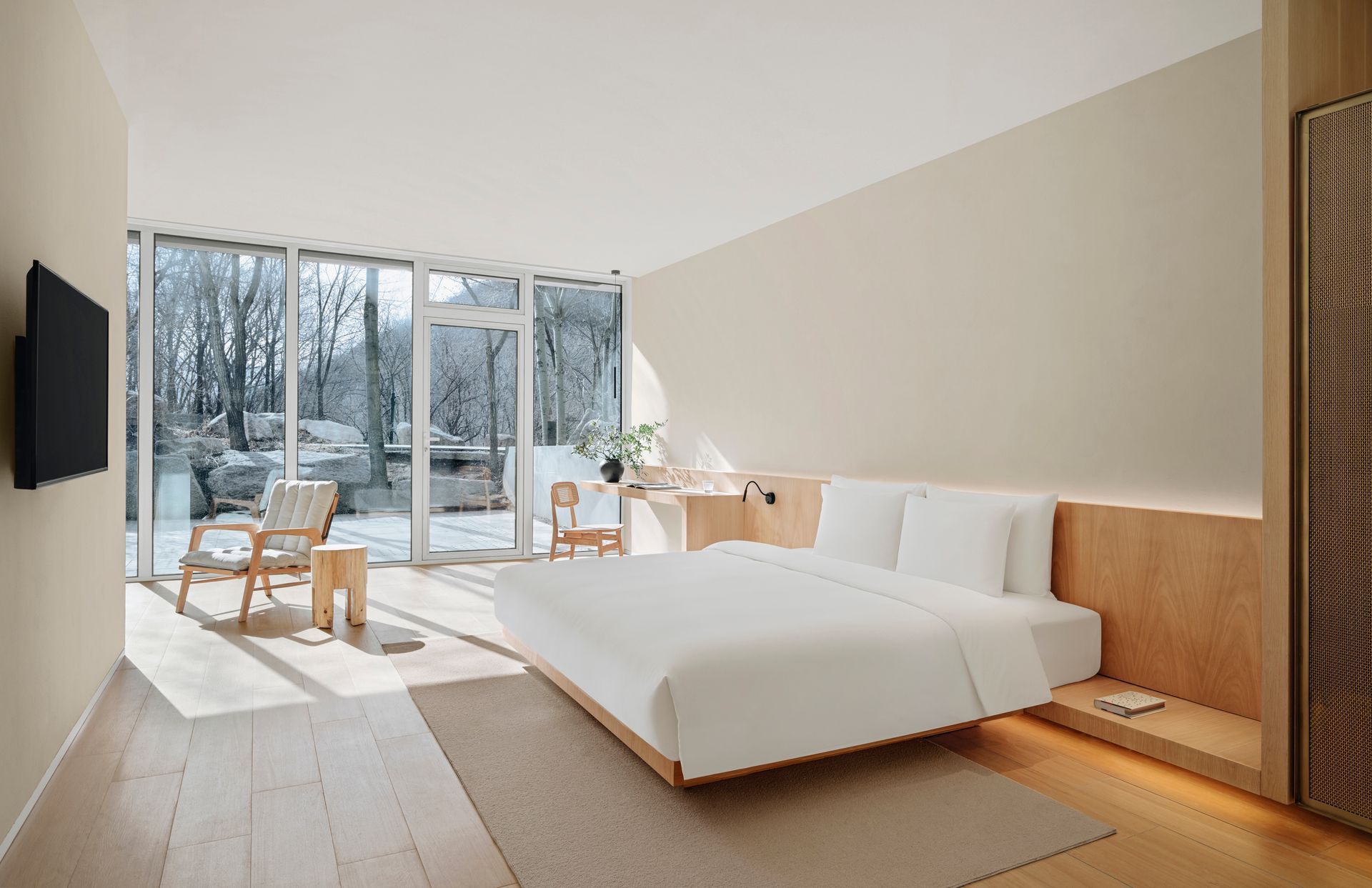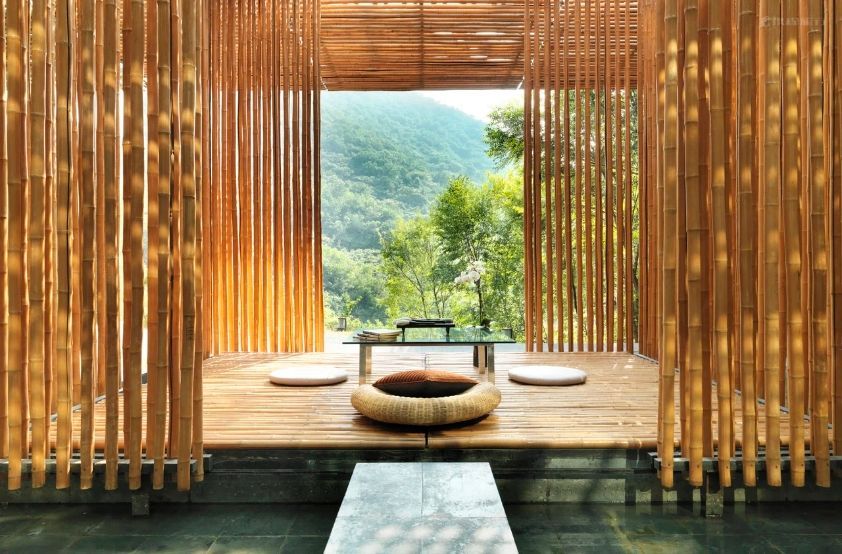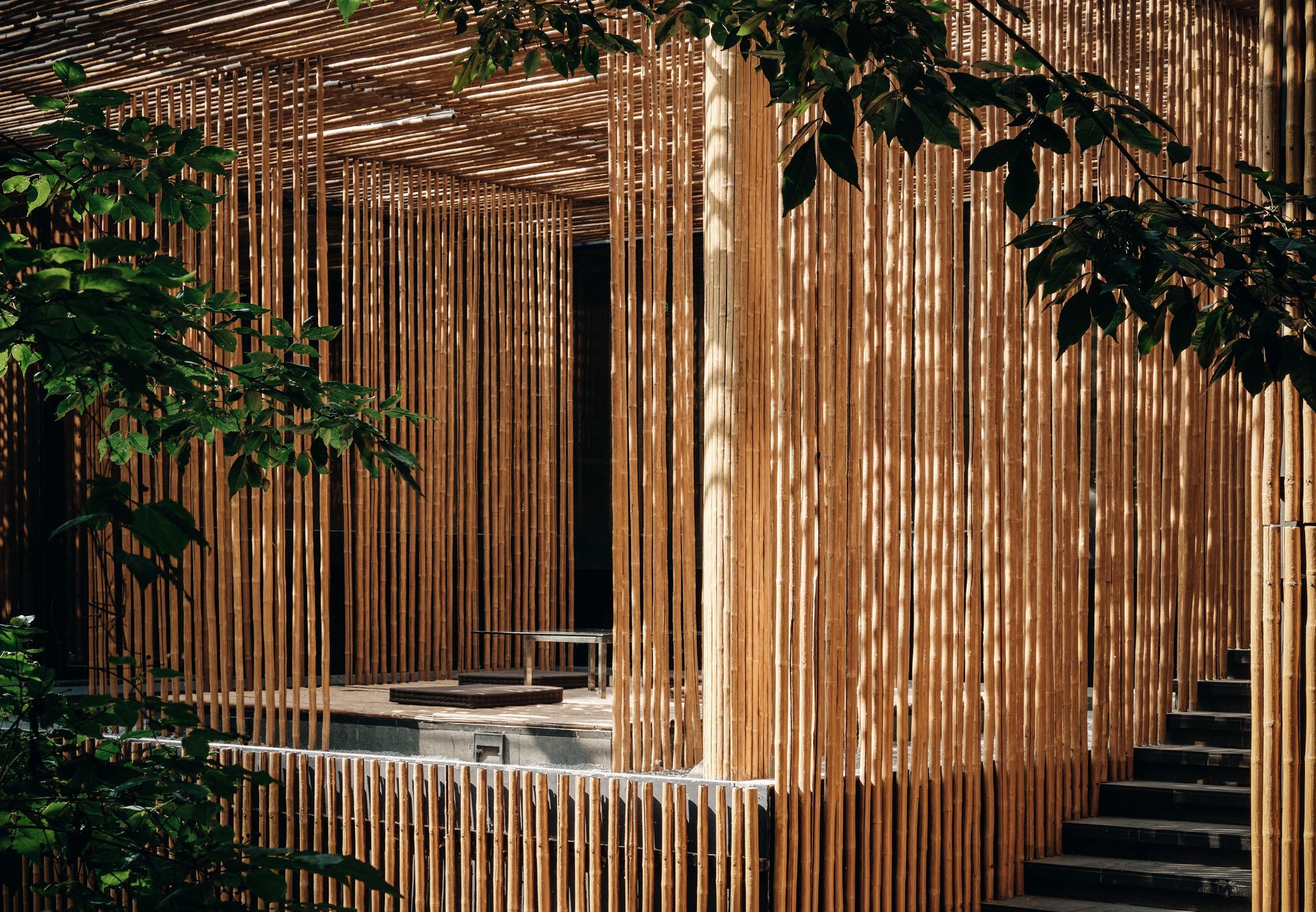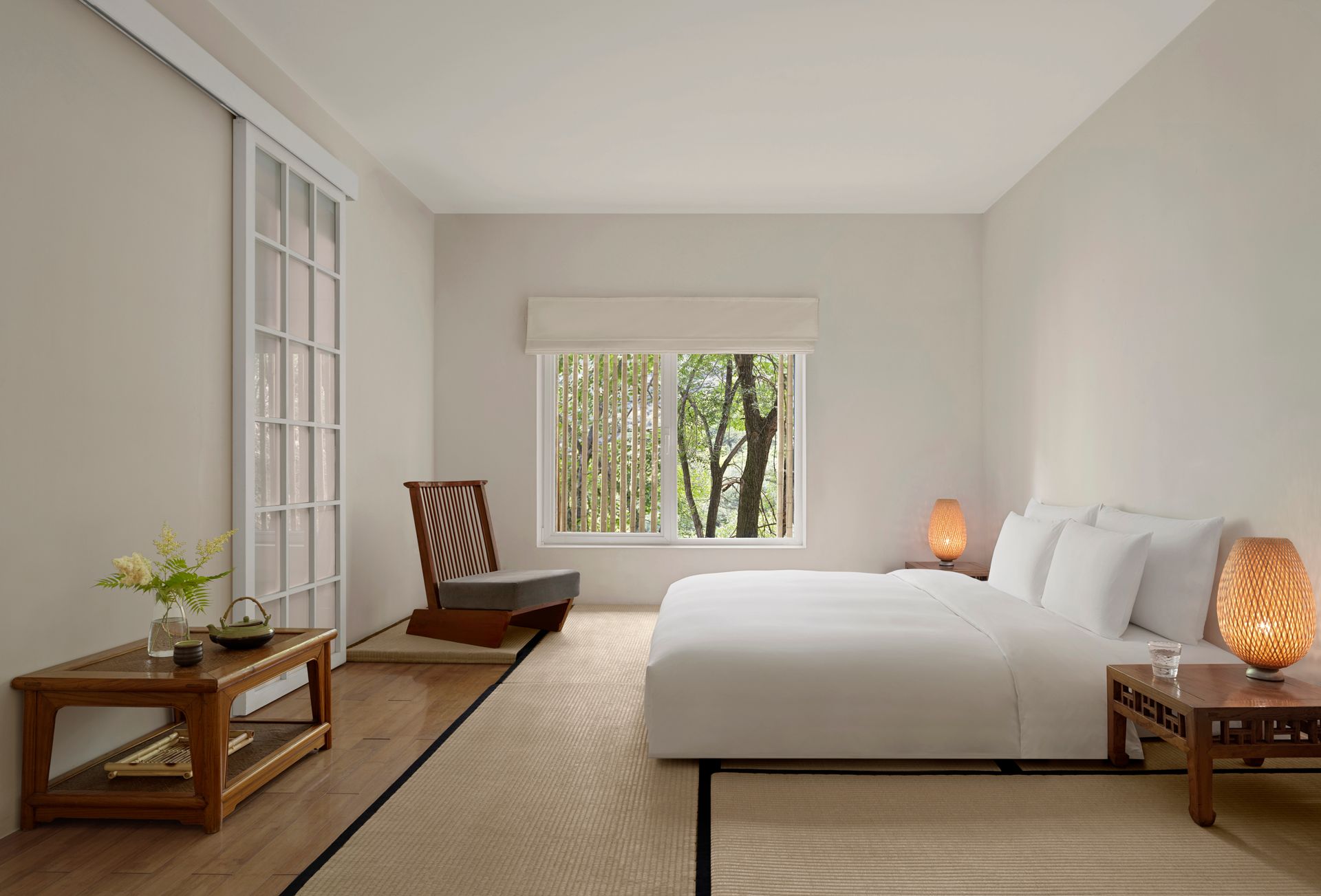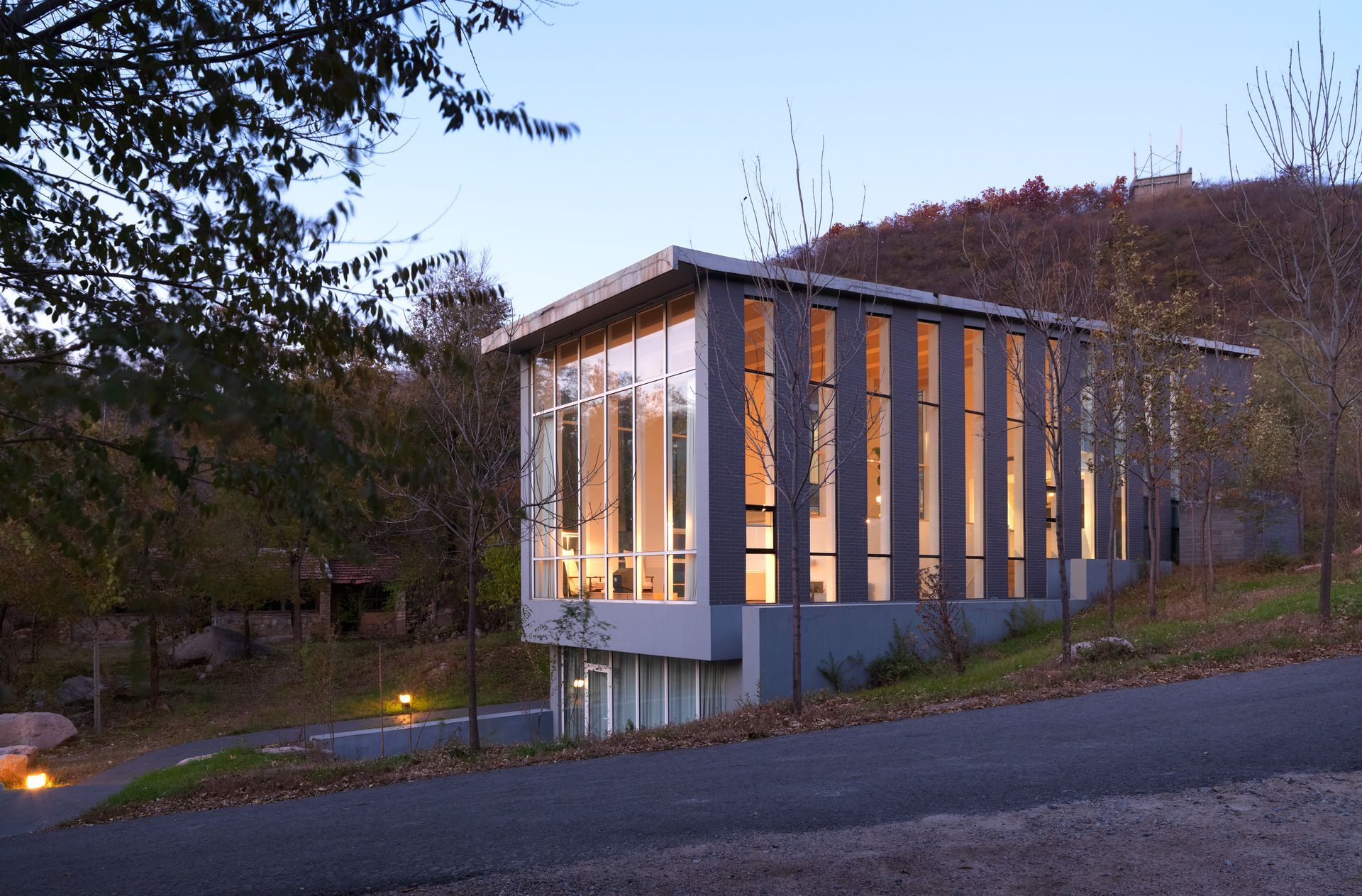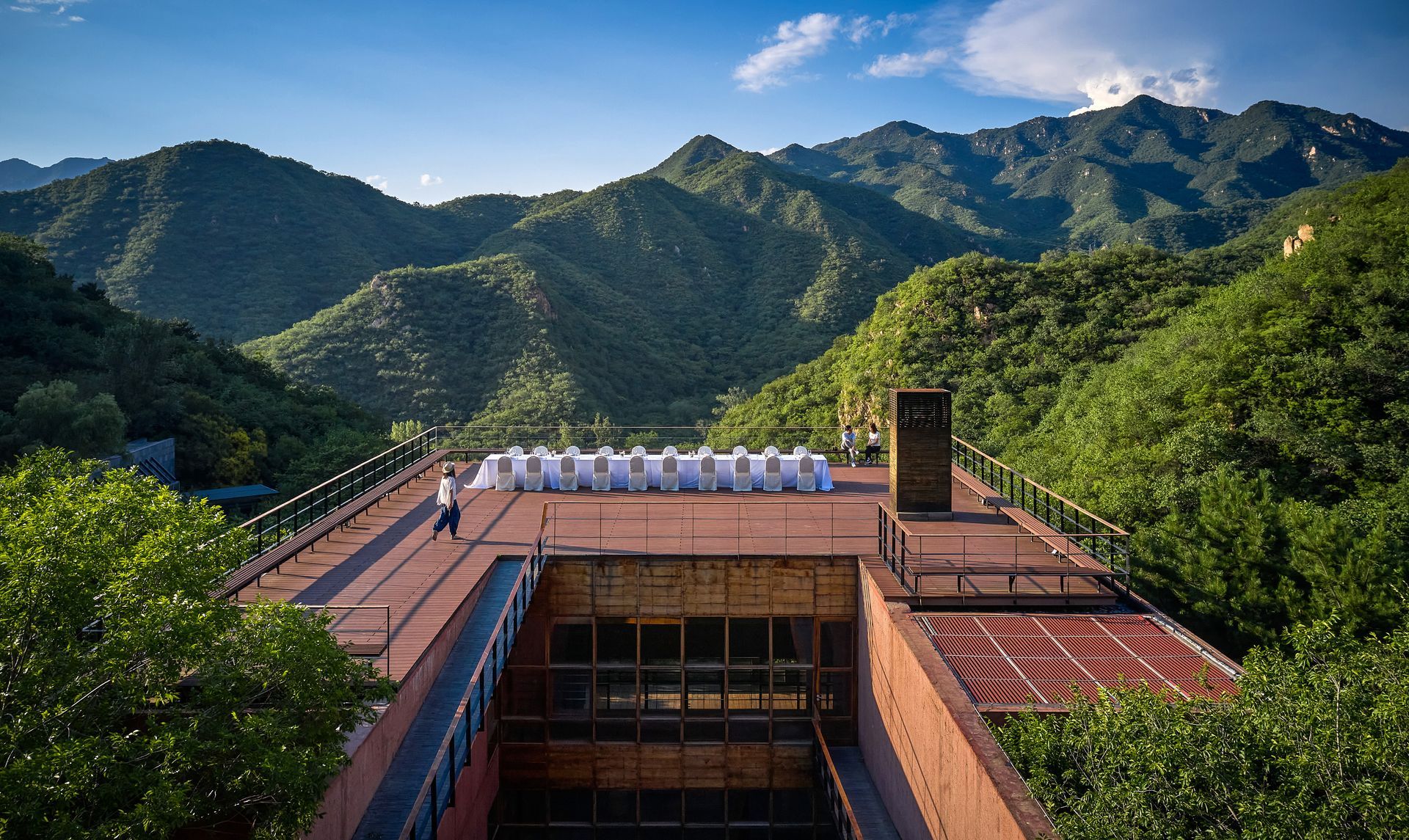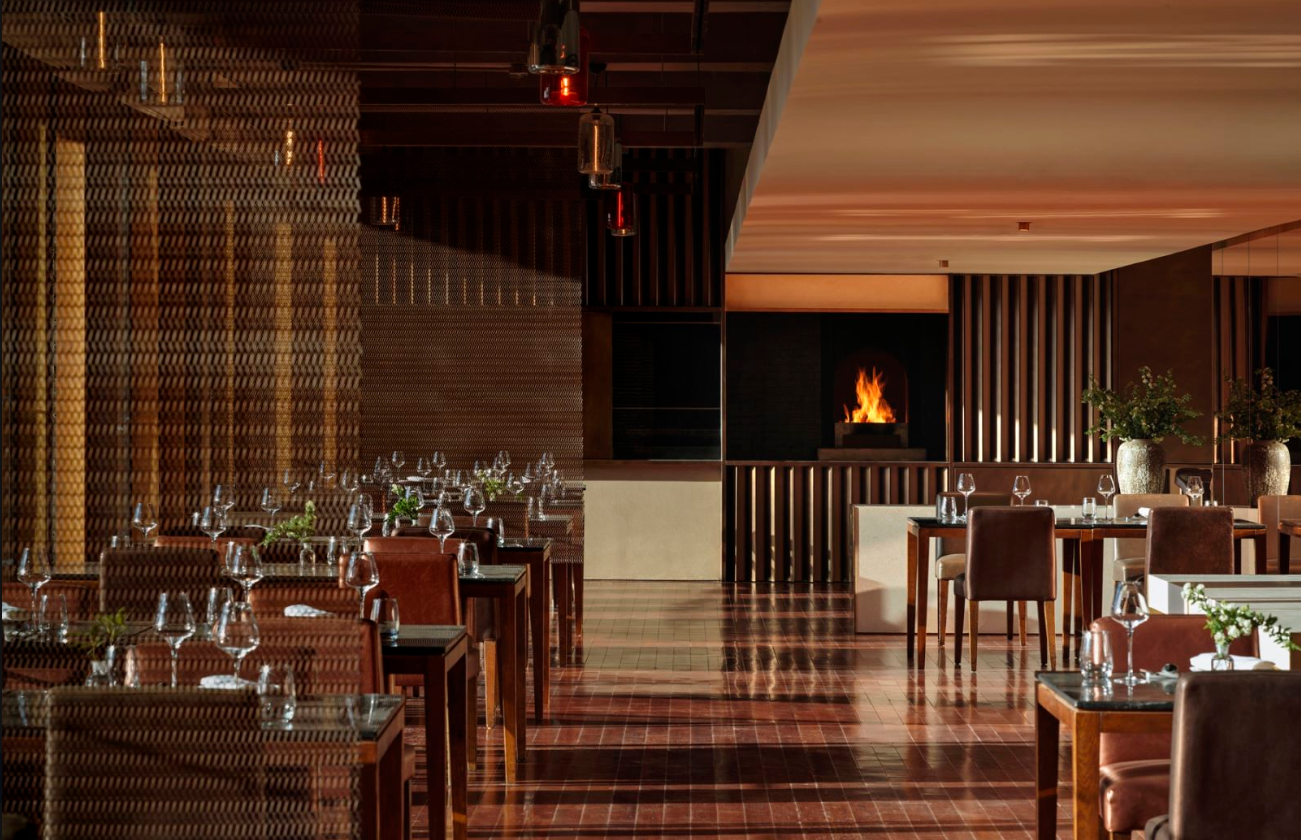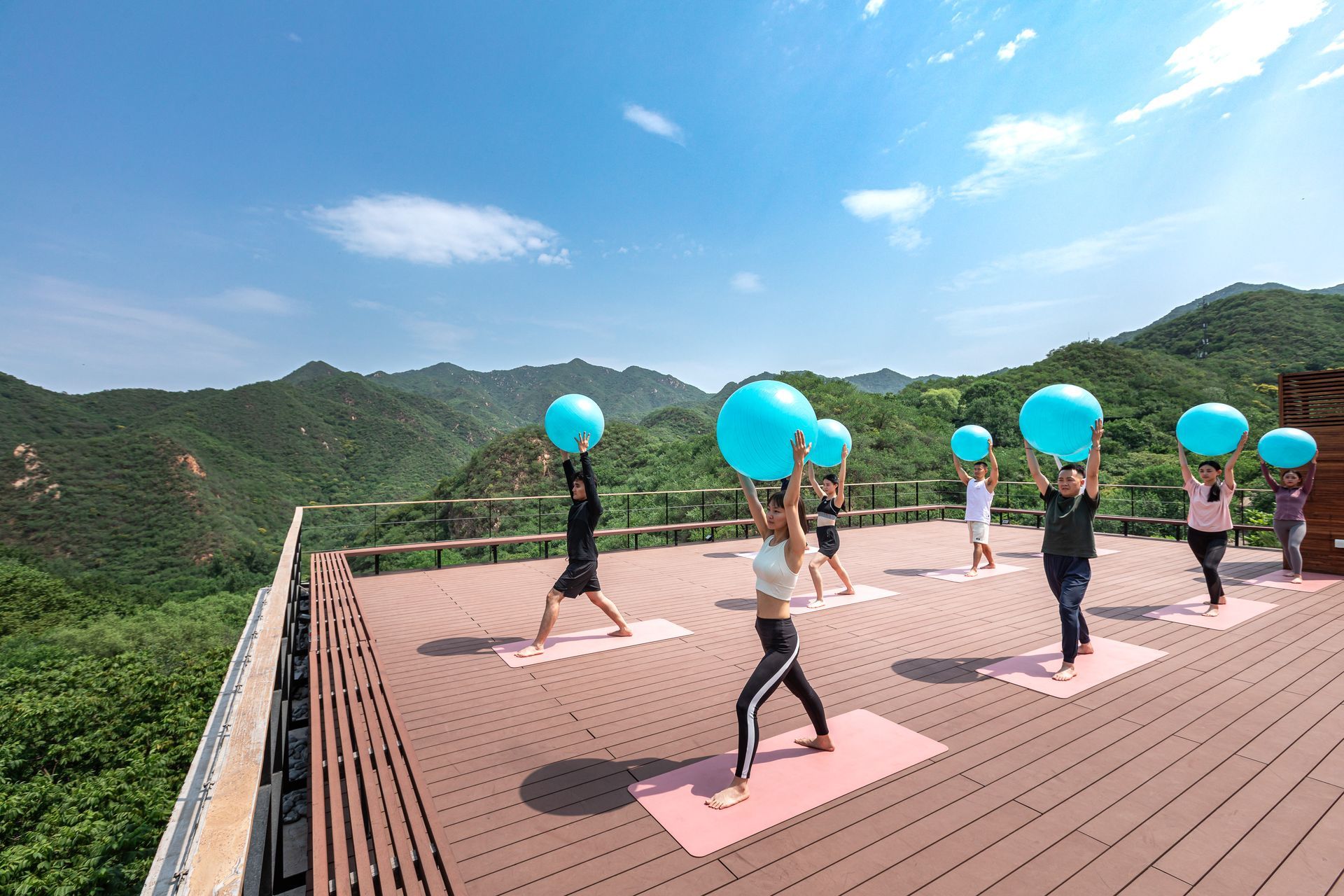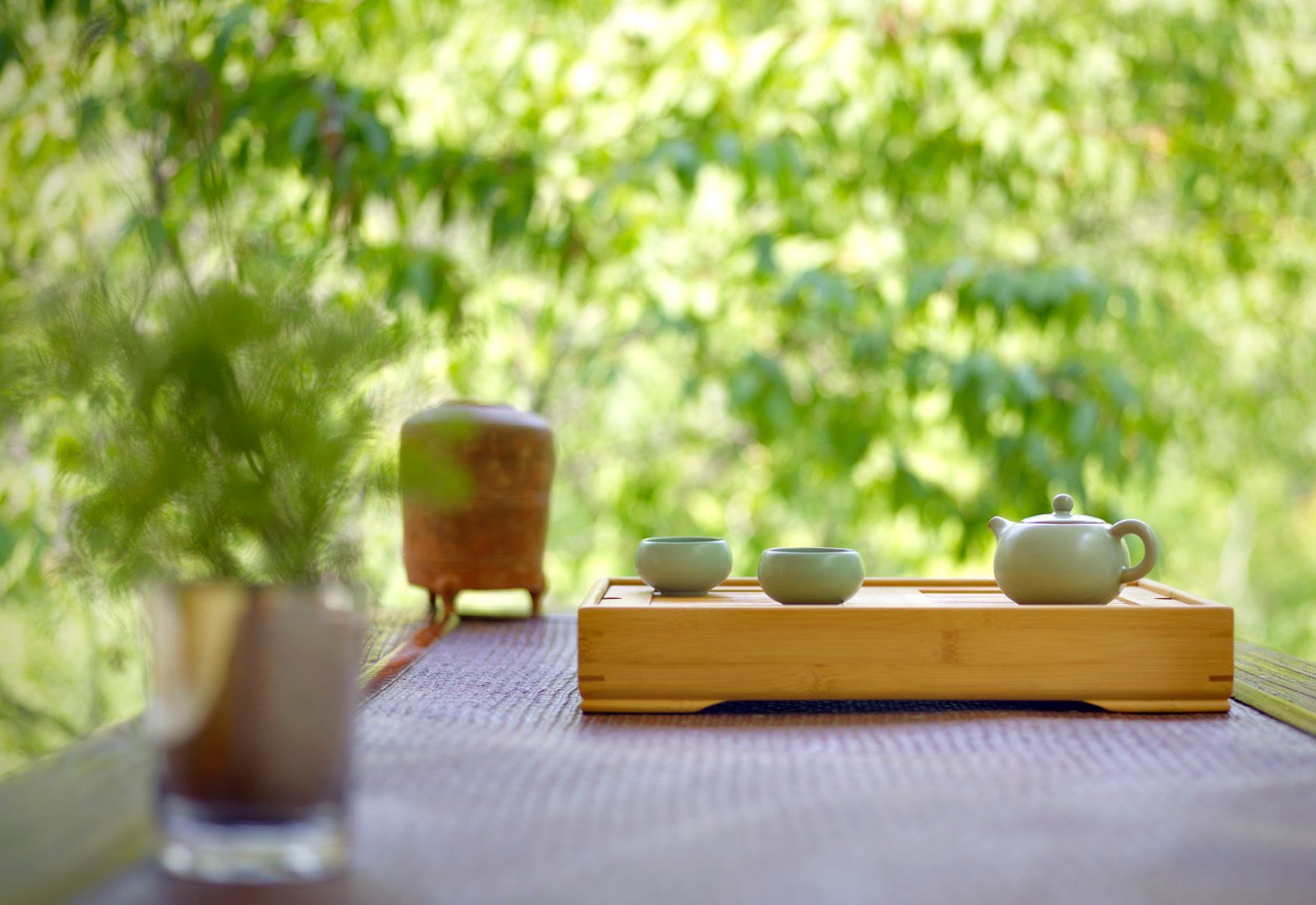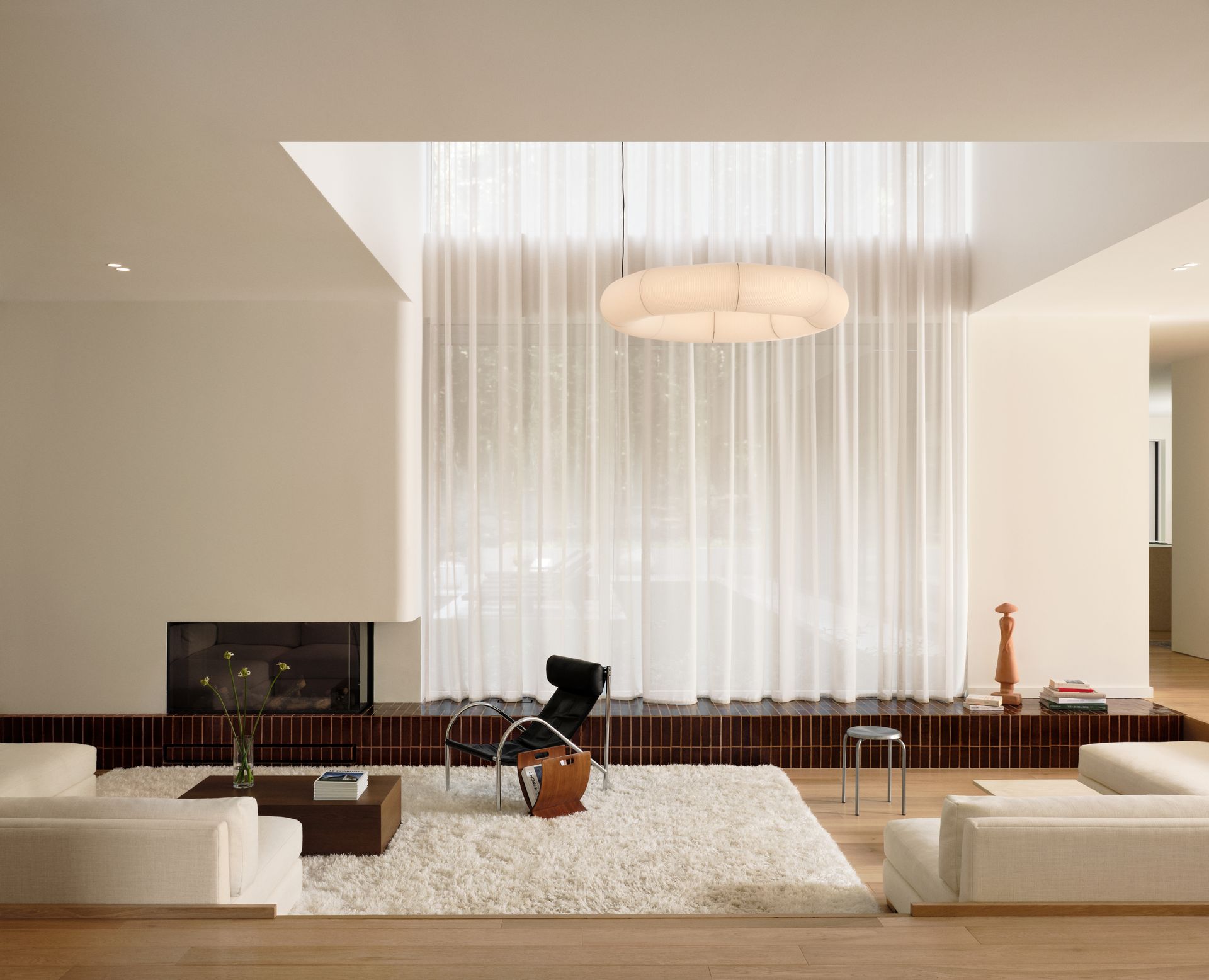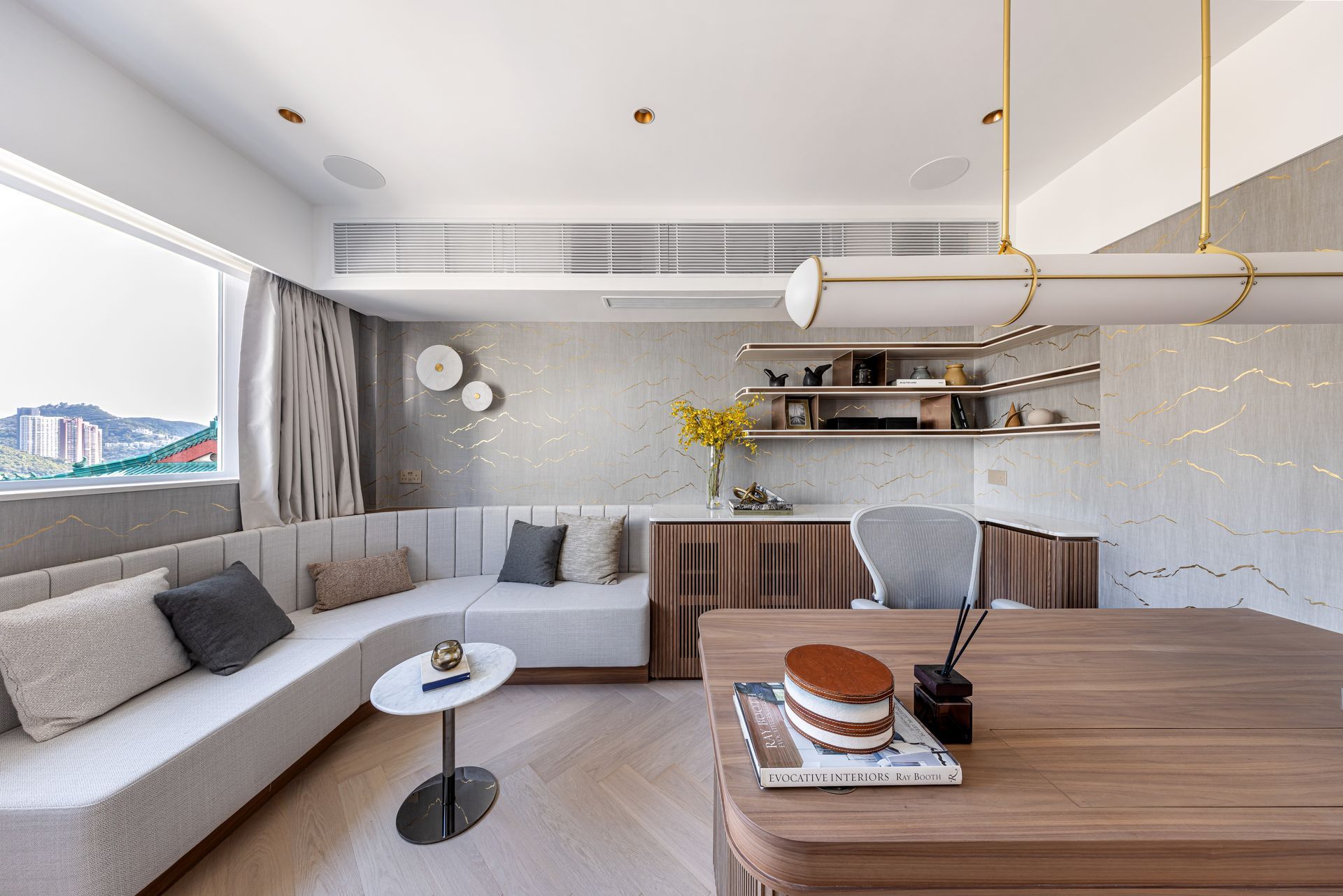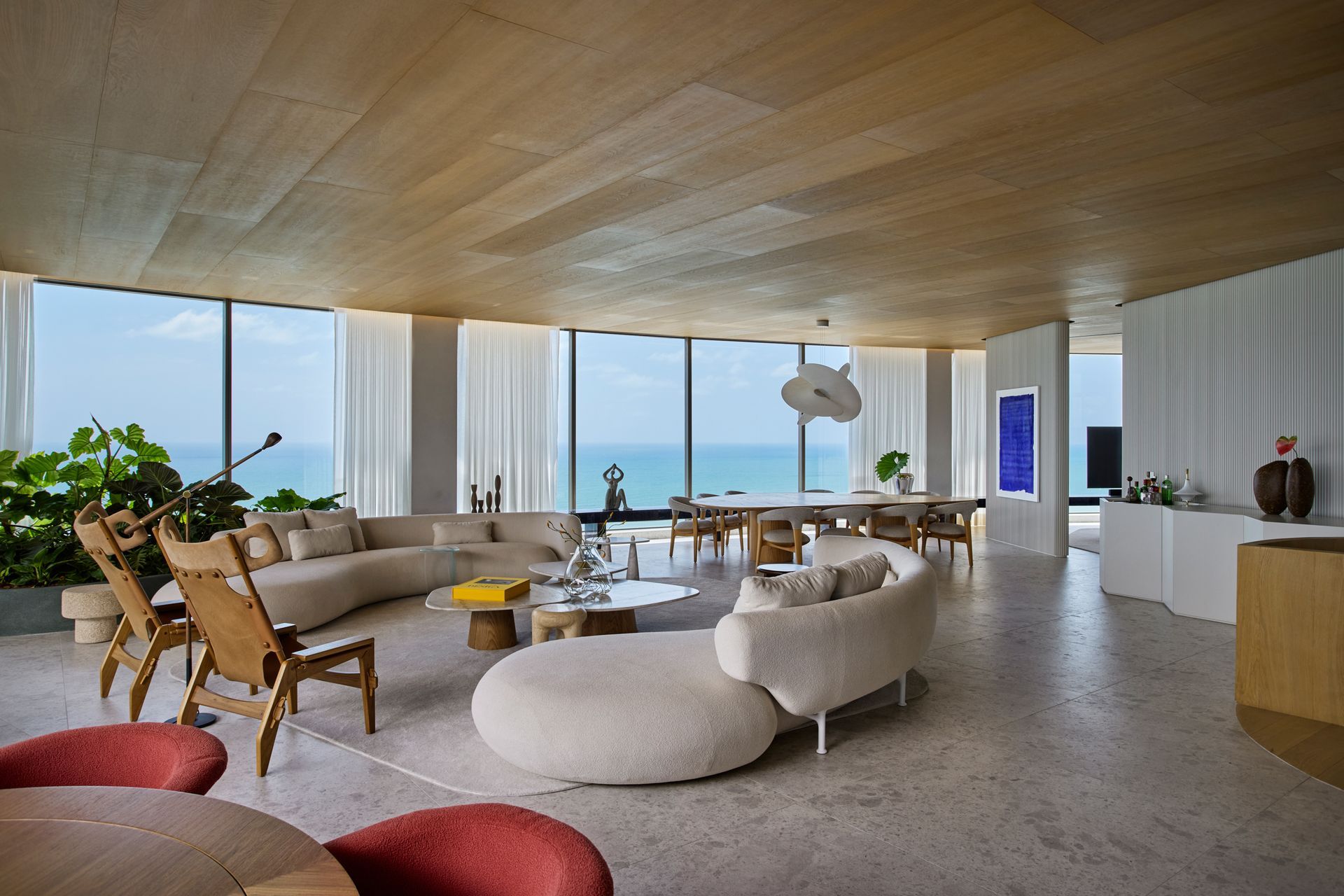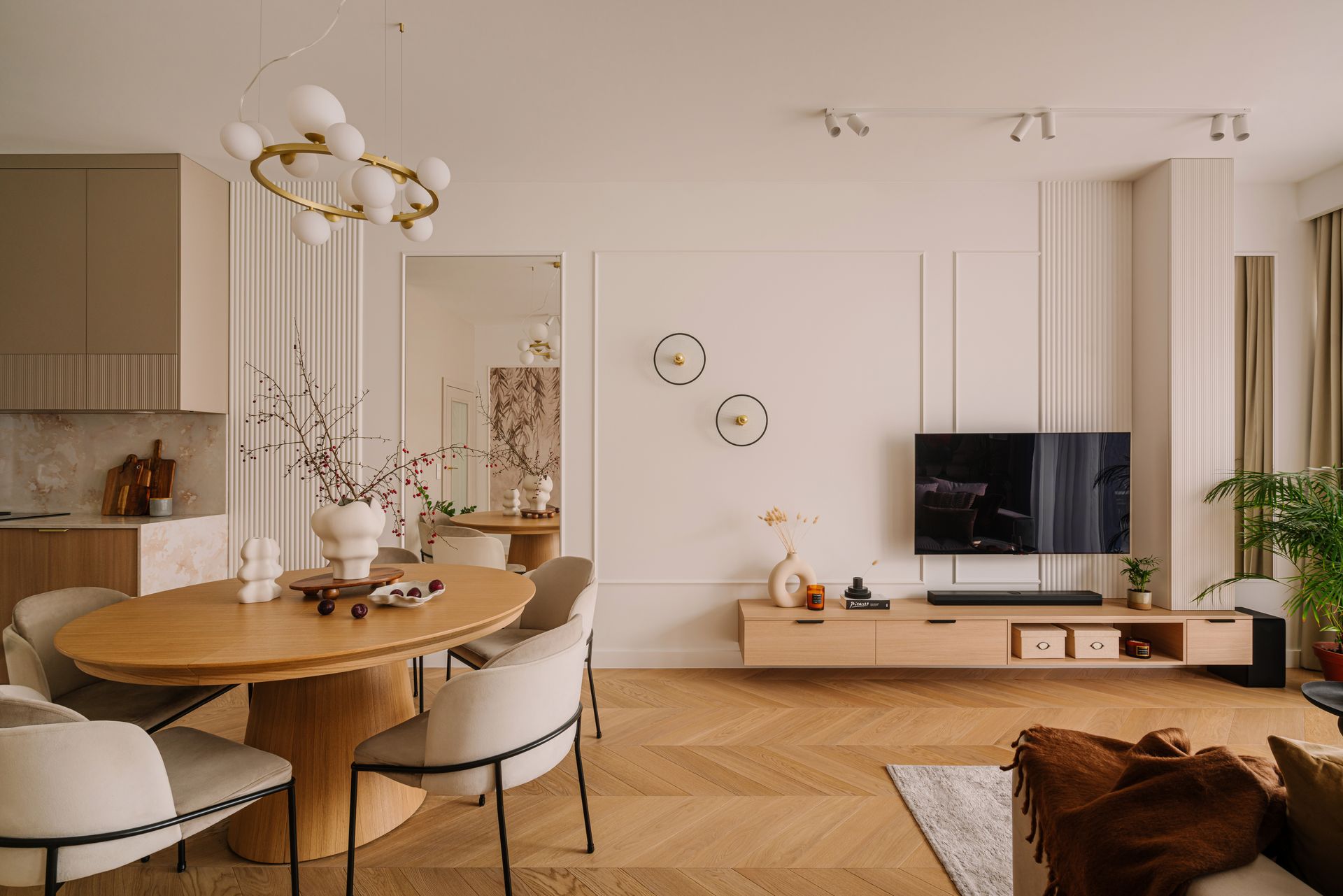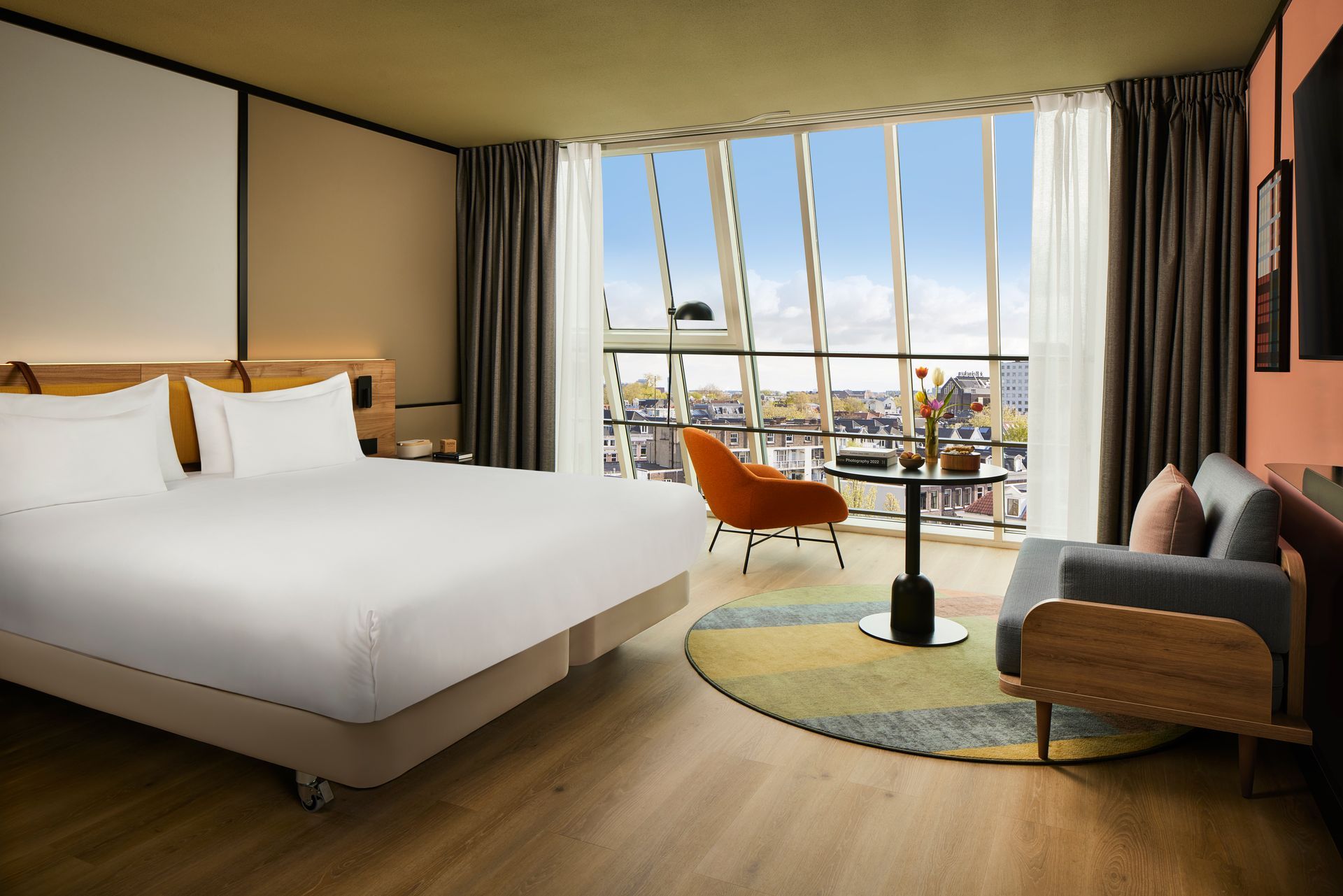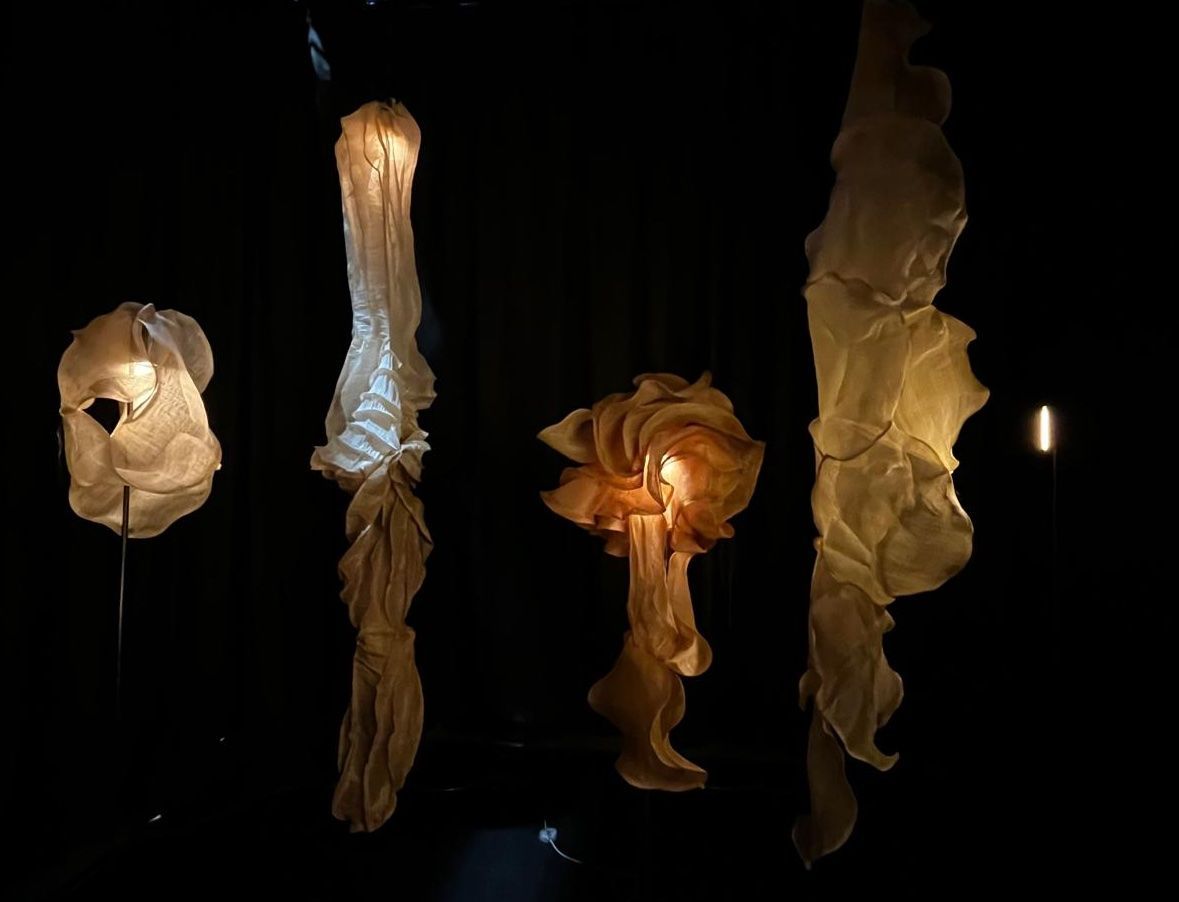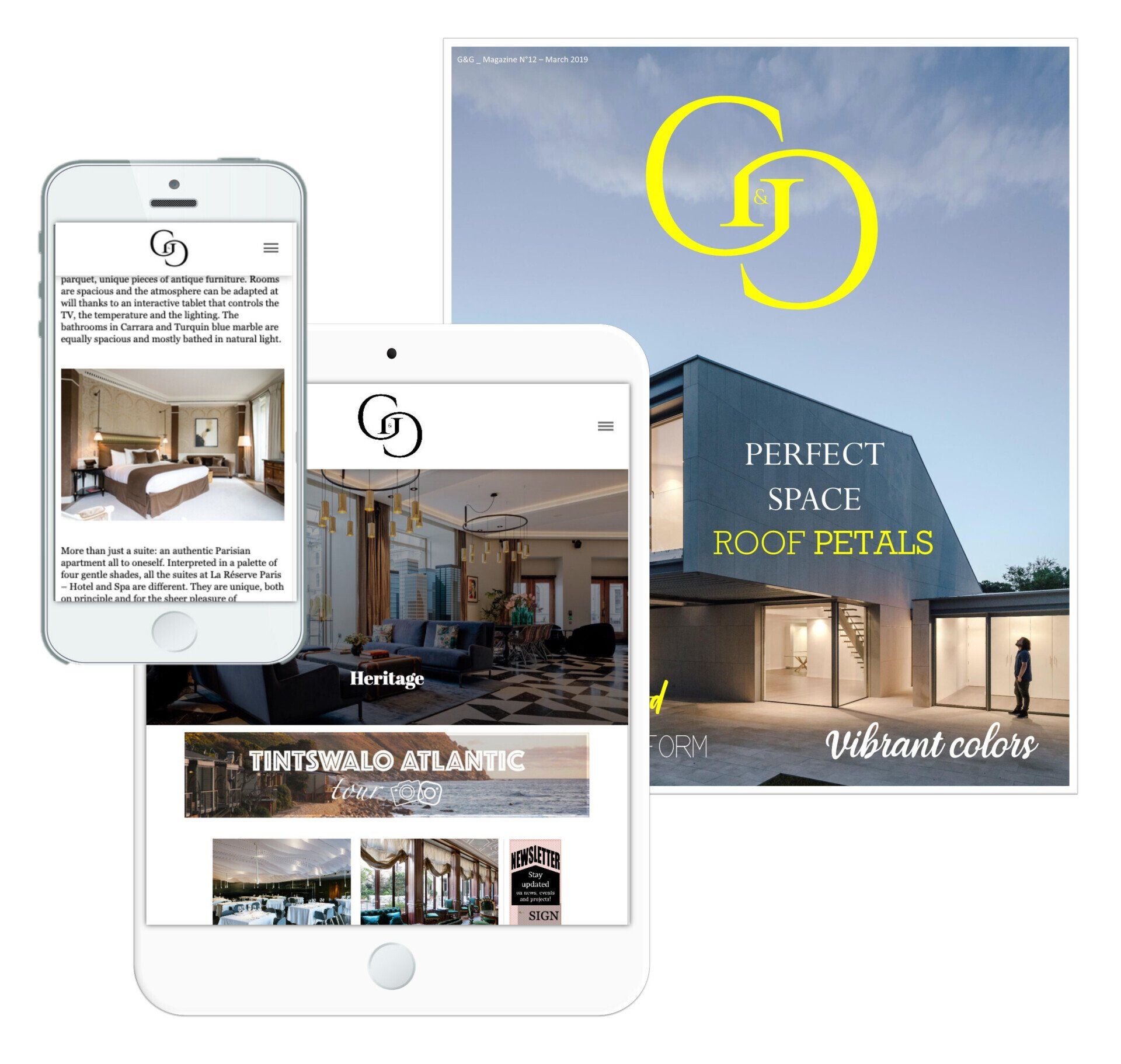Signature architecture at the foot of the Great Wall: the Modern Charm of Commune by the Great Wall
Nestled at the foot of Shuiguan Mountain, just an hour's drive from Beijing, Commune by the Great Wall stands as a testament to contemporary architectural innovation harmoniously blended with China's rich heritage.

"I think that the weekend home in the mountain in addition to the weekday home in the city is intended to provide variation to the lives of the users. The "inwardness" as well as "non-physical" nature of our relationship to our surrounding in the city tends to leave us "shielded" from the nature as well as our physical-self."
Kanika R’kul, Architect of the Shared House
A Visionary Architectural Ensemble
Originally conceived as a private collection of contemporary architecture, Commune by the Great Wall, part of The Unbound Collection by Hyatt showcases the creative genius of twelve renowned Asian architects. The result is a rare architectural harmony: 36 villas, each radically distinct yet surprisingly cohesive, tucked discreetly into a landscape that has witnessed centuries of Chinese history. From the first glance, these structures provoke curiosity. They don’t impose—they emerge. They echo the rugged terrain with bold geometries, local materials, and experimental forms that blur the boundary between building and nature.
"Thus our intention was to apply the nature of the Great Wall to the act of dwelling. This is why the house is titled 'WALL', instead of 'HOUSE'."
Kengo Kuma, Architect of the Bamboo Wall
Perhaps the most iconic is Bamboo Wall, designed by Japanese architect Kengo Kuma, whose philosophy of “erasing architecture” is beautifully embodied in this structure. Built using traditional bamboo techniques and inspired by the idea of merging with the forest rather than standing apart from it, Bamboo Wall disappears into the hillside with a quiet elegance. Large glazed surfaces frame the surrounding foliage, allowing nature to become the true focal point of every room.
Equally compelling is Cantilever House, with its dramatic protrusion over the valley, a daring interplay of balance and lightness designed by Chinese architect Antonio Ochoa. Its floating appearance challenges gravity, evoking the thrill of architectural audacity while maintaining a deep respect for the slope it hovers above.
Other villas, such as Forest House, Shared House, and Suitcase House, offer equally poetic interpretations of shelter, privacy, and space. Suitcase House, in particular, redefines flexibility: designed by Gary Chang, its interior unfolds like a suitcase, with sliding panels and concealed compartments revealing bedrooms, baths, and workspaces at will. It’s not just a house—it’s an experience in living differently.
Commune by the Great Wall is not a singular architectural vision—it is a curated collection of perspectives, united by a shared respect for context, culture, and creativity. In 2002, this bold experiment was honored with a special prize at the Venice Biennale, and a scale model of the entire property now resides in the permanent collection of the Centre Pompidou in Paris—testimony to its lasting impact on the discourse of global architecture. But perhaps what’s most remarkable is how each villa engages the landscape, not as a backdrop, but as a partner. The result is a seamless integration: modern structures that neither mimic nor dominate the ancient hills, but instead seem to listen to them, reflect them, and elevate them.
"Kanika R’kul, Architect of the Shared House Architecture is not the way the architect expresses himself. Rather, architecture gets its own expression through its location."
Antonio Ochoa, Architect of the Cantilever House
Sustainable Luxury in Harmony with Nature
Commune by the Great Wall is more than an architectural marvel; it's a commitment to sustainable living. As part of Hyatt's Unbound Collection, the hotel implements eco-friendly practices, including the reduction of single-use plastics and the promotion of energy-efficient operations. Guests are encouraged to embrace a lifestyle that respects and preserves the natural environment, aligning luxury with responsibility.
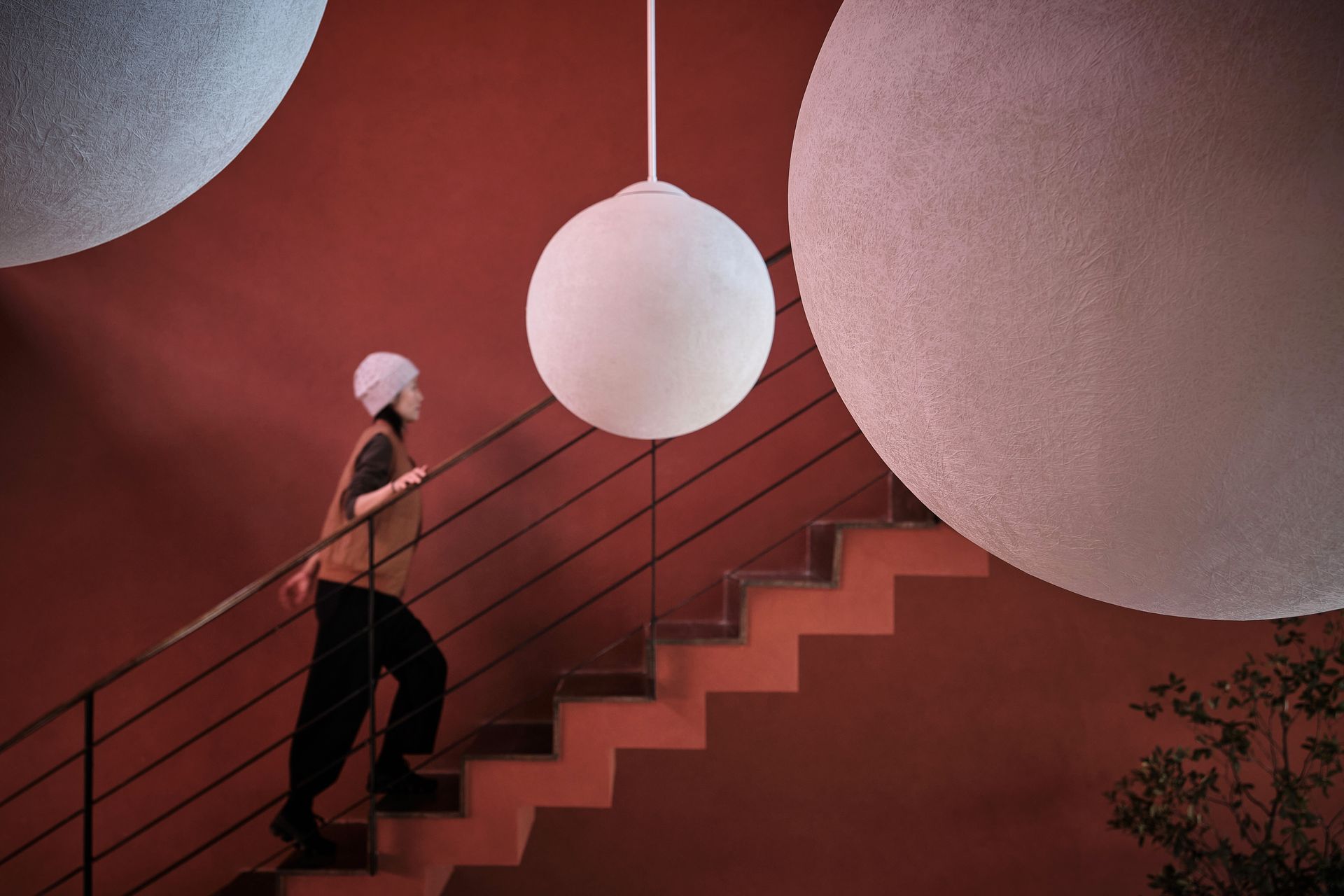
Unparalleled Accommodations & Amenities
The resort offers 176 rooms and suites spread across its architecturally diverse villas. Each accommodation provides panoramic views of the mountains and the Great Wall, with many featuring private terraces and shared living spaces. For those seeking exclusivity, entire villas can be reserved, offering an intimate setting for families or groups.
Culinary experiences at Commune by the Great Wall are equally exceptional. The Commune Kitchen serves refined Chinese cuisine, emphasizing authentic flavors from China's northern regions. Guests can also enjoy light bites and beverages at the Poolside Café and Bar, or arrange for personalized dining experiences, such as in-villa meals prepared by private chefs or gourmet picnics on the Great Wall itself .
The hotel's spa features 15 luxurious treatment rooms, offering a range of therapies designed to rejuvenate the body and mind. A fully equipped fitness center provides space for workouts and mindful practices like tai chi and yoga. For younger guests, the Kids' Club offers indoor fun and seasonal outdoor activities, including gardening, camping, hiking, and stargazing.
A Unique Gateway to the Great Wall
Guests at Commune by the Great Wall enjoy unparalleled access to a private section of the Great Wall, offering a tranquil alternative to the more crowded tourist spots. This proximity allows for unique experiences, such as early morning hikes or sunset picnics, providing a deeper connection to one of the world's most iconic landmarks .
In essence, Commune by the Great Wall is not just a place to stay—it's a destination that offers a profound and enriching experience. It stands as a harmonious blend of innovative architecture, sustainable living, and cultural immersion, inviting guests to explore the intersection of the ancient and the contemporary.
"I believe that the major role of architecture is to provide a space for people to encounter something or someone. An important task for architecture is to make people go where they would have never visited without that building and see some unforeseen, unknown topography or landscape, be it urban or natural."
Nobuaki Furuya, Architect of the Forest House
SHARE THIS
Subscribe
Keep up to date with the latest trends!
Contribute
G&G _ Magazine is always looking for the creative talents of stylists, designers, photographers and writers from around the globe.
Find us on
Home Projects
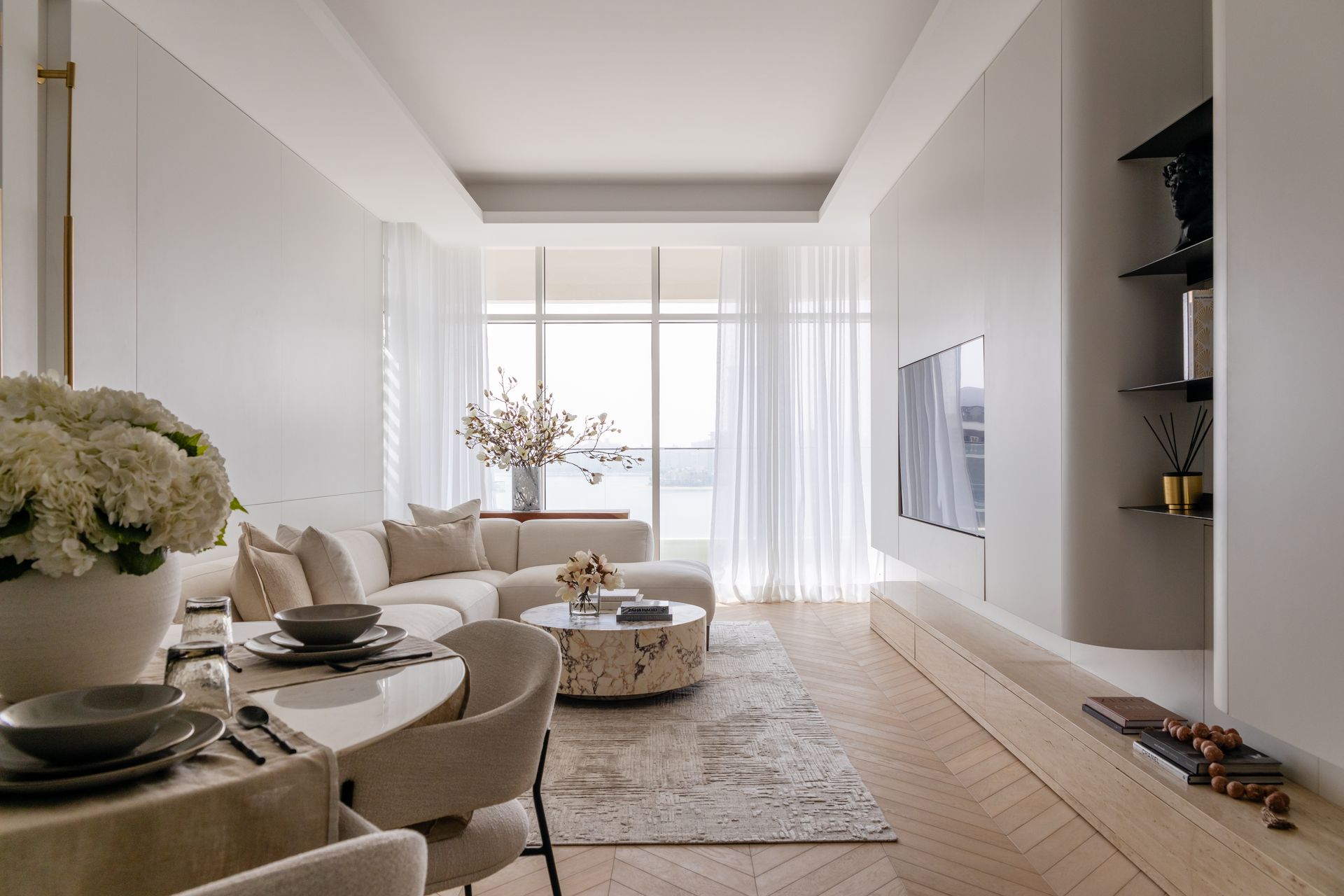
Popular Posts

